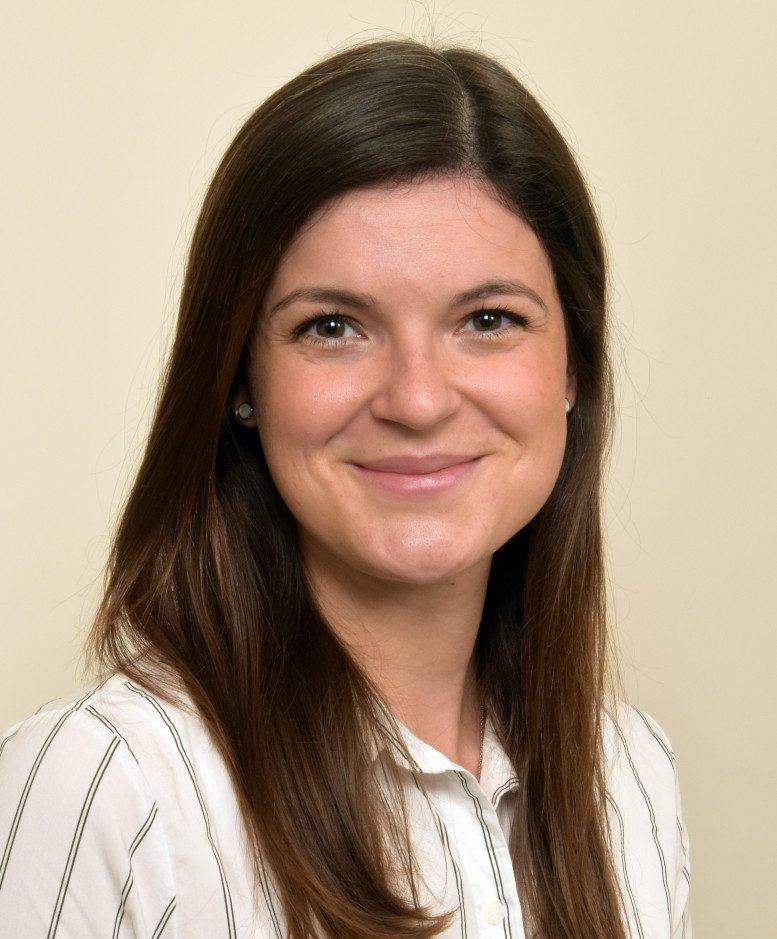Many enthusiastic PhD candidates are working on imSAVAR. With their research, they contribute to the success of the project. We are happy to feature a third portrait of PhD student Samira and her great work in the field of applied immunology.

My name is Samira Ortega Iannazzo and I am a PhD student at the Paul-Ehrlich-Institut in Langen, Germany. I started my PhD in October 2020 working with endothelial and immune cells in order to analyse immune-mediated factors involved in the development of vascular leakage. With this project, I will contribute to the goal of the EU-funded imSAVAR consortium – improving the safety and efficacy of immunomodulatory therapies.
Since I had done my first scholar internship in a microbiological research lab in the ninth grade, I was fascinated by science and knew this was what I wanted to do in my life! In 2014, I started my bachelor in biology at the Technical University of Darmstadt, Germany, followed by a master degree in technical biology, where I began to focus on the fascinating field of immunology. I had the chance to broaden my knowledge in immunology in the lab of Prof. Dr. Zoe Waibler while working on my master thesis titled “The influence of plasma components on antigen-specific T cell responses”. The field of immunology intrigued me due to the complexity and at the same time specificity of the immune system, and the interaction between different specialised immune cell types protecting our body.
In October 2020, I had the opportunity to stay in the field of applied immunology starting my PhD in the lab of Prof. Dr. Zoe Waibler, and became part of the imSAVAR consortium. With this, I follow the chance to contribute to enhancing the safety of immunomodulatory therapies. I enjoy the close scientific collaboration with different partners. In our work package, we are working together on the use case of interleukin (IL)-2 treatment – one of the first immunomodulatory therapies authorised in the 1990s. However, due to a variety of severe side effects induced by the IL-2, further development and research is needed to understand the underlying reasons and mechanisms. I am focusing on the severe side effect of vascular leakage upon IL-2 treatment analysing the interaction between endothelial cells and immune cells. With the establishment of an in vitro model, we hope to identify key players and mechanisms contributing to the development of vascular leakage.
